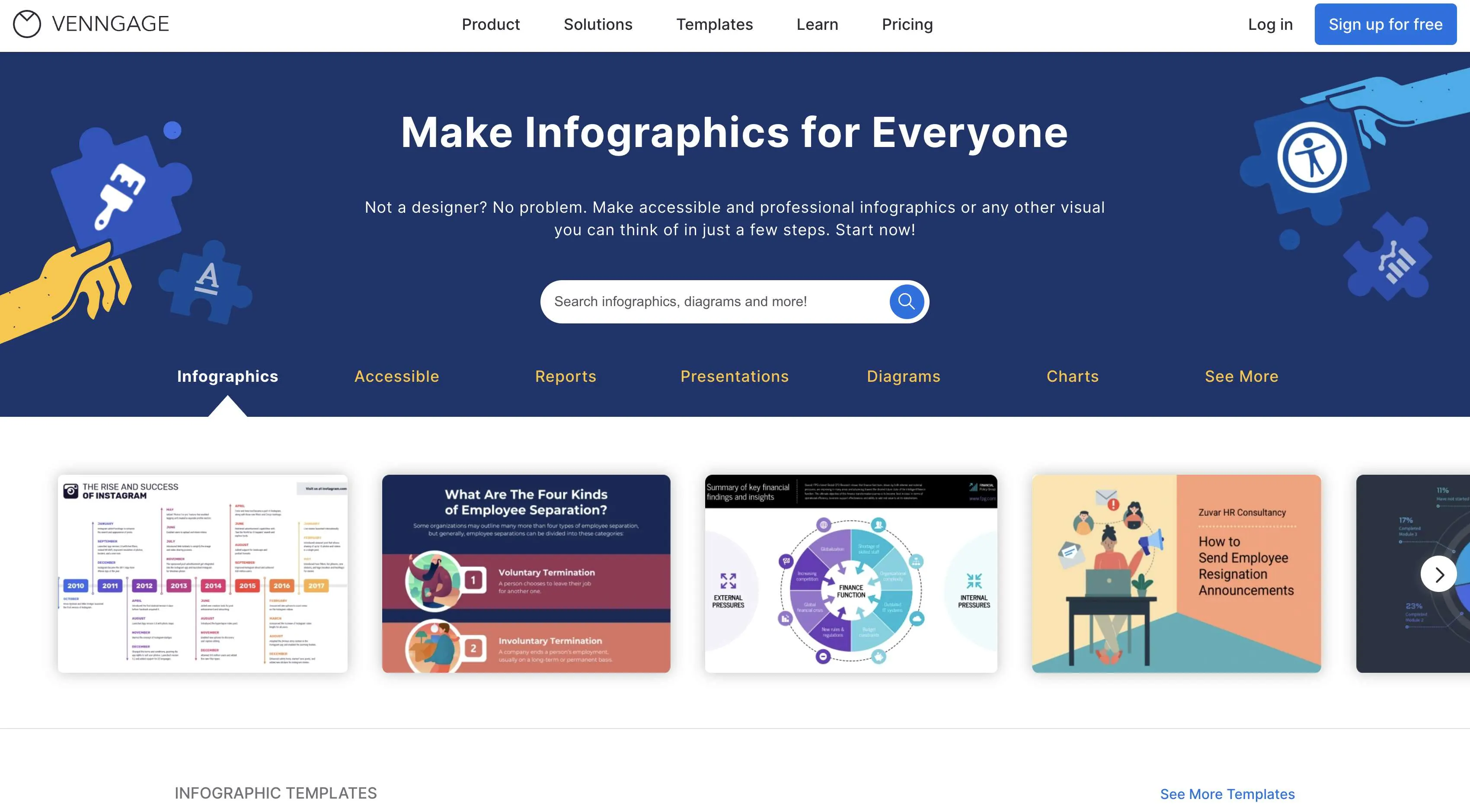Innovative Web Design Klerksdorp Solutions to Elevate Your Online Marketing
Innovative Web Design Klerksdorp Solutions to Elevate Your Online Marketing
Blog Article
Understanding Website Design: Key Concepts for a User-Friendly Internet Site
In the world of web style, the emphasis on individual experience has ended up being vital, forming how websites are created and viewed. As we explore these foundational components, it comes to be obvious that the choices made during the design process can have long lasting ramifications on a site's performance and customer commitment.

Relevance of Customer Experience
In the realm of website design, the relevance of individual experience (UX) can not be overemphasized. UX incorporates the total satisfaction an individual derives from engaging with a website, substantially influencing their assumption of a brand and their possibility of returning. web design klerksdorp. A well-designed UX promotes smooth navigating, cultivates individual engagement, and eventually drives conversions
Understanding users' needs and actions is paramount in developing a reliable UX. This involves leveraging research techniques such as individual personalities, journey mapping, and functionality testing to get understandings right into customer choices. By customizing design elements to satisfy these requirements, developers can boost functionality and develop a more user-friendly interaction.
Moreover, a favorable UX contributes to the web site's trustworthiness and credibility. Customers are extra likely to engage with a site that is visually pleasing and very easy to navigate, which consequently improves brand name commitment. Conversely, a poor UX can cause high bounce prices and a negative perception of the brand name.
User-friendly Navigation Style
A reliable navigation style is crucial for directing customers through a site, guaranteeing they can find the information they need rapidly and successfully. User-friendly navigating improves individual experience by enabling seamless interaction with content, causing raised involvement and fulfillment.
To achieve instinctive navigating, it is important to develop a clear pecking order. This includes organizing content right into sensible classifications and subcategories, allowing customers to comprehend the framework at a glance. Descriptive tags for menu products are vital; they ought to be uncomplicated and agent of the content they cause, decreasing ambiguity.
Uniformity is another vital concept. Individuals must encounter acquainted navigating elements throughout the site, such as the positioning of switches and food selections. This consistency assists reinforce customer assumptions and minimizes cognitive tons.
Moreover, integrating search functionality can considerably boost navigating, specifically for content-heavy websites. This attribute empowers users to find specific information quickly without needing to browse via several pages.
Finally, usability testing can supply indispensable understandings right into just how genuine customers communicate with navigating components, offering chances for improvement. Altogether, a well-designed navigating system is foundational to an easy to use site, promoting efficiency and enhancing overall customer contentment.
Receptive Website Design
Receptive internet layout is significantly essential in today's digital landscape, as it guarantees that web sites offer ideal watching experiences across a large range of gadgets, from home computer to smartphones. This method allows a single website to adapt its layout and web content to fit various screen sizes and resolutions, boosting use and accessibility.
At the core of receptive layout is fluid grid formats, which use family member units like percentages rather than taken care of pixels. This adaptability allows elements to resize proportionally, preserving aesthetic harmony and performance. Additionally, media questions play an important duty by applying particular CSS designs based upon gadget attributes, such as display width or positioning.
Including flexible images and responsive media is also crucial; these components should scale properly to avoid distortion and ensure a seamless experience throughout tools. Touch-friendly layout factors to consider are vital, particularly for mobile customers, as they typically navigate through touch gestures instead than clicks. web design klerksdorp.
Regular Aesthetic Aspects
Constant visual elements are crucial for developing a natural brand name identification and boosting customer experience across digital platforms. These aspects consist of color pattern, typography, imagery, and format styles, which collectively develop a merged visual that customers can conveniently connect and recognize to. A well-defined shade scheme not only enhances brand name acknowledgment yet additionally stimulates certain emotions, assisting users through the site successfully.
Typography plays a significant function in readability and general visual charm. Using a limited variety of typefaces and preserving regular sizes and weights ensures a harmonious circulation of information. Imagery has to additionally align with brand values and messaging; top notch images that fit the overall style will boost the website's appearance and expertise.
Moreover, layout consistency throughout different web pages promotes familiarity, making navigating instinctive. Individuals should feel comfy and oriented as they explore various sections of the website. Regular visual aspects not just improve the visual appeal however likewise add to functionality, bring about boosted engagement and retention. Eventually, a well-designed web site, characterized by natural visual components, mirrors professionalism and reliability and constructs count on with customers, creating a positive first impact and motivating return sees.
Availability Factors To Consider
Ensuring ease of access in web layout is a basic aspect that matches consistent aesthetic elements, permitting all customers, despite their abilities, to navigate and connect with digital content efficiently. Access factors to consider are critical for producing inclusive internet sites that fulfill the varied needs of customers, consisting of those with disabilities.
To start with, utilizing semantic HTML is vital, as it assists have a peek at this site screen readers translate the structure and material of a web page accurately. Alt message for photos enhances understanding for aesthetically damaged customers, while captioning video web content makes sure that those with hearing disabilities can involve with the product.
Moreover, color comparison should be meticulously evaluated to assist customers with visual impairments. Ensuring that text is legible versus its view it history enhances readability. Additionally, keyboard navigability is essential; all interactive components need to be obtainable without a mouse, satisfying users with mobility obstacles.
Verdict
To conclude, grasping web layout necessitates a thorough understanding of user experience concepts. Intuitive navigation, receptive design, regular visual elements, and ease of access are crucial elements that contribute to a straightforward web site. Prioritizing these facets not just improves customer involvement these details and satisfaction however additionally cultivates brand name commitment. By applying these vital concepts, internet designers can produce reliable and comprehensive electronic areas that cater to the varied needs of individuals, eventually leading to greater success in the on the internet atmosphere.

In conclusion, understanding web style requires a thorough understanding of user experience principles.
Report this page